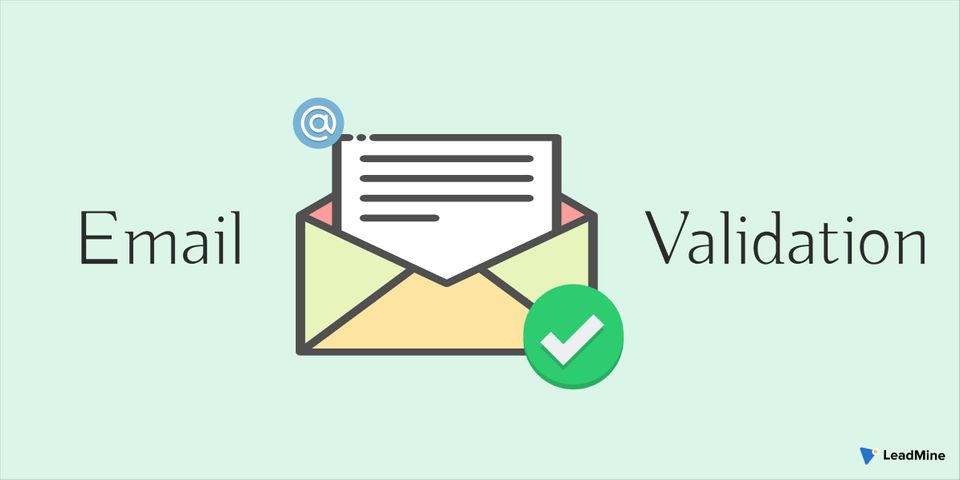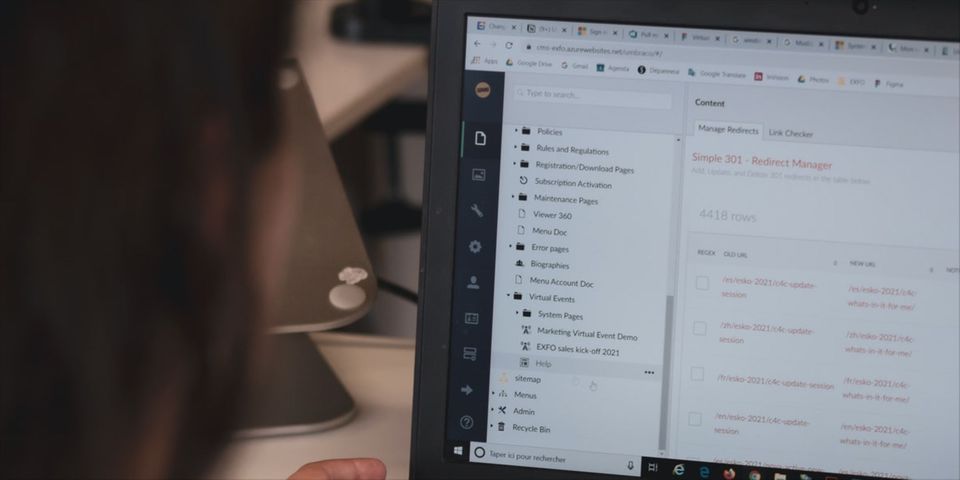After months of planning the products and services, you send out emails to your prospects, however, they bounce. Each bounce means your reader would miss out on the information you wanted them to see.
We will cover the following:
- What is Hard Bounce?
- Soft Bounce vs Hard Bounce
- How to Reduce Hard Bounce?
- Conclusion
What is Hard Bounce? ⛹️
A hard bounce is an email that has been returned to the sender due to a permanent fault, an invalid address. Hard bounces are a significant email marketing metric, and email marketers strive to reduce them as much as possible. A domain can be blacklisted if it receives too many hard bounces, so it's critical to track email lists on a regular basis, target the right users, and allow users to update their details.
Invalid email addresses, invalid domain names, or the recipient's email server blocking delivery by the policy are all triggers of hard bounces. It is not uncommon for subscribers to refuse to give out their real email addresses for personal purposes. As a result, when filling out the form on your website or landing page, they enter a random email address to satisfy the procedure's requirements.
It is possible, however, that legitimate email addresses are returning hard bounces, or that the sender unsubscribed by mistake, resulting in a hard bounce. In such situations, the subscriber has to opt-in once again to be on the subscribers’ list.
A hard bounce may also indicate that a customer has marked a company's emails as spam, possibly due to excessive communication. Email marketers should be mindful of this possibility and scan bounce-back records for signs of spam filters on a regular basis.
Soft Bounce vs Hard Bounce 🥊
Soft bounces are emails that were sent but were not delivered for some reason. Generally, a soft bounce will be something temporary like an out-of-office or full of inbox messages. Soft bounces are assumed to be transient until the addresses are proved to be invalid. It returns a 400 SMTP error code.
It will usually be fixed the next time you send an update. However, keep an eye out for extremely high soft bounce rates, as this can indicate a spam blocking problem.
While invalid addresses are often the product of a hard bounce. The address may be invalid for one of two reasons: the domain may or may not exist, or the domain may exist but the local portion of the address is incorrect. It returns 500 SMTP error codes.
In extremely rare circumstances, the ISP may respond with a hard bounce for a valid email address. If the subscriber says the address is valid, you can try sending it to the hard bounce again. If the address hard bounces again, the subscriber can contact their ISP to determine why the hard bounce is being sent.
Remove any bad addresses from your list as soon as possible. Sending to invalid addresses on a regular basis can get you blocked and cause delivery problems.
How to Reduce Hard Bounce? 📉
Here are five tips for reducing hard bounce rates and avoiding undeliverable emails.
#1 Require New Contacts to Complete a Double Opt-in Process 😊
Ensure that you are getting the right email addresses from your subscribers to prevent hard bounces. If a user subscribes to your list and is then asked to confirm their email address, this is known as double opt-in email marketing.
Require double opt-in email verification to ensure that your subscribers are who they say they are and that they have entered a valid email address. Spammers, bots, and fake email addresses can all increase your hard bounce rate, so double opt-in emails protect you. This is usually accomplished by sending automatic confirmation emails to users shortly after they register.
#2 Clean Up Your Email Address Book 🧹
Unfortunately, certain email addresses do not last indefinitely. Just because your subscribers signed up for your email list with a double opt-in mechanism doesn't mean they'll stay there indefinitely. Or, just because you have a nice email list now doesn't mean those contacts will still be around a year from now.
Your contacts' email addresses may change, they may get a new job with a new email address, they may delete their old email address, and so on. The lower your bounce rate, the higher your IP address's reputation.
#3 Segment Your Email Lists Based on How Engaged Subscribers are 🤝
To reach out to engaged contacts first, segment your email lists by the commitment and previous contact action. Aside from preventing undeliverable emails, email list segmentation will boost open rate and click-through rates.
Email list segmentation is one of the best practices for email list management. By reaching out to contacts that actually connect with your emails, it helps you keep your bounce rates down.
#4 Avoid Looking Spammy 😵
Every day, spam filters for email get more sophisticated. The context in which you use your keywords is continuously analysed by email servers.
In order to avoid soft email bounces, watch your subject line, avoid all caps, exclamation points, keep your emails short, use a reliable ESP, use links smartly, include your contact address in the footer, and include an unsubscribe link.
Spam words will hurt your email's deliverability, so careful when writing your emails.
#5 Never, Ever Buy an Email List 👎
Don’t ever buy email lists or even consider the choice. Only the highest hard bounce rate can be guaranteed with a purchased email list. With the support of a couple of lawsuits. You run the risk of violating a couple of international laws by sending an email to a purchased email list.
Conclusion
You will have to consider small percentages of bounces when dealing with hard bounce rates and do your best to keep them as low as possible. Fighting hard bounce rates isn't difficult, you will only need to treat your email list with integrity and keep it up to date to prevent data decay. You can avoid harmful hard bounce rates and hit more email inboxes if you use the right tactics.
So what do you think of hard bounce? Do share your thoughts with us at LeadMine.





